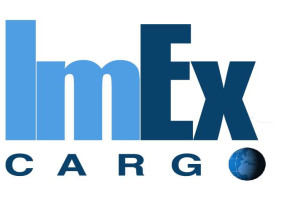Highlights
Methanex Corporation’s ROE mirrors the average within the Chemicals sector
Substantial debt levels impact Methanex’s financial dynamics
Broader financial metrics are essential for a comprehensive assessment
Methanex Corporation (TSX:MX) operates in the Chemicals sector, where strong Return on Equity (ROE) is key to success. While TSX Mining stocks draw attention, Methanex shows the value of financial efficiency beyond mining.
Methanex Corporation records an ROE that reflects how much profit is created relative to the shareholders' investment. ROE is derived by dividing net profit by total shareholders’ equity. Methanex’s ROE indicates that for every unit of equity, a modest portion of profit is generated, showcasing the company's efficiency in resource utilization over the preceding period.
Comparison with Industry Benchmarks
When aligning Methanex’s ROE with others within the Chemicals industry, the company maintains a position that matches the broader sector average. This alignment suggests that Methanex operates on par with typical standards seen across peer companies.
However, it is notable that Methanex's financial structure involves significant use of debt. A debt-to-equity ratio exceeding one demonstrates a strong dependence on borrowed capital to drive business operations. While debt can support profitability in favorable environments, it simultaneously introduces additional financial obligations that can impact stability during less favorable periods.
Impact of Leverage on Financial Profile
Methanex’s reliance on debt influences its financial profile by affecting both returns and obligations. Companies employing elevated levels of debt can exhibit enhanced ROE figures due to the leverage effect, even if underlying profitability from core operations remains unchanged.
An elevated debt position means that a significant portion of the company’s financial returns is achieved through financial engineering rather than solely through operational performance. This dynamic underscores the importance of evaluating capital structures when interpreting ROE figures.
Expanding the Assessment Beyond ROE
While ROE offers valuable insight into a company's efficiency and profitability, it should not serve as the sole indicator of financial health. A broader view incorporating factors such as revenue trends, margins, and external economic influences helps create a more detailed picture of corporate performance.
Examining wider financial metrics without solely focusing on ROE ensures a more balanced understanding of a company’s operations. Market participants often benefit from reviewing a range of financial indicators to form a holistic perspective of corporate stability and efficiency across different economic conditions.



